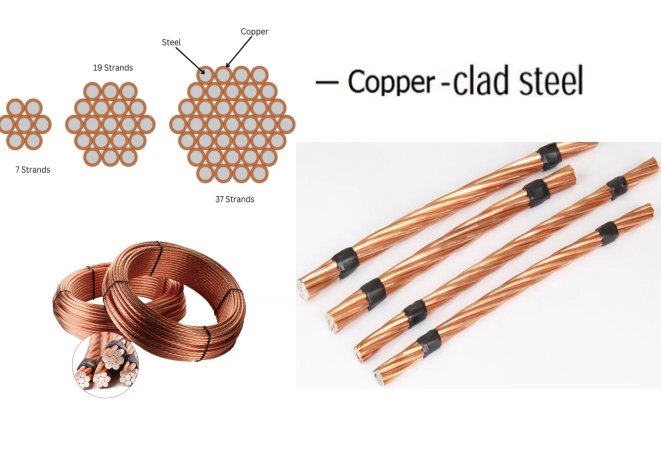When it comes to thermal management in various applications, the choice of heat insulator can significantly influence energy efficiency, comfort, and safety. Whether in construction, manufacturing, or everyday household items, understanding what constitutes the best heat insulator is crucial for optimizing performance and reducing energy costs. This article delves into the intricacies of heat insulation, exploring materials, applications, and the science behind thermal resistance.
Understanding Heat Insulation
Heat insulation refers to the ability of a material to resist the transfer of heat. This property is quantified by the material's thermal conductivity, measured in watts per meter-kelvin (W/m·K). The lower the thermal conductivity, the better the material is at insulating against heat transfer. Insulation is essential in various sectors, including construction, automotive, aerospace, and even electronics, where temperature control is paramount.
Key Properties of Effective Heat Insulators
- Thermal Conductivity: The primary measure of an insulator's effectiveness. Materials with low thermal conductivity are preferred for insulation purposes.
- Density: While lower density materials often provide better insulation, the balance between density and structural integrity is vital, especially in construction.
- Moisture Resistance: Insulators that absorb moisture can lose their effectiveness. Therefore, moisture-resistant materials are crucial in humid environments.
- Fire Resistance: In many applications, especially in construction, the ability of a material to withstand high temperatures without igniting is critical.
- Environmental Impact: Sustainable materials are increasingly favored, not only for their insulation properties but also for their minimal environmental footprint.
Common Heat Insulating Materials
- Fiberglass: One of the most widely used insulation materials, fiberglass is composed of fine glass fibers. It is non-combustible, resistant to moisture, and provides excellent thermal resistance, making it suitable for residential and commercial buildings.
- Foam Insulation: Rigid foam boards, such as polystyrene and polyurethane, offer high insulating values with lower thickness. They are commonly used in walls, roofs, and foundations due to their moisture resistance and structural integrity.
- Mineral Wool: Also known as rock wool or slag wool, this material is made from natural or recycled minerals. It is fire-resistant, soundproof, and provides excellent thermal insulation, making it ideal for industrial applications.
- Cellulose: Made from recycled paper products, cellulose insulation is an eco-friendly option that offers good thermal performance. It is treated with fire retardants and is often used in attics and walls.
- Aerogel: Known as one of the best thermal insulators available, aerogel is a lightweight material with extremely low thermal conductivity. Its applications range from aerospace to building insulation, although its cost can be a limiting factor.
Evaluating the Best Heat Insulator
Determining the best heat insulator depends on the specific application and requirements. For instance:
- For Residential Use: Fiberglass and cellulose are popular due to their balance of cost, effectiveness, and ease of installation.
- For Industrial Applications: Mineral wool and foam insulation are favored for their durability and fire resistance.
- For High-Performance Needs: Aerogel, despite its higher cost, is unmatched in thermal performance, making it ideal for specialized applications like spacecraft and high-efficiency buildings.
Conclusion
In the quest for the best heat insulator, it is essential to consider not only thermal conductivity but also factors such as moisture resistance, fire safety, and environmental impact. Each material has its strengths and weaknesses, making it crucial to evaluate the specific needs of your project. By understanding the properties and applications of various insulating materials, you can make informed decisions that enhance energy efficiency and comfort in your environment.

More Stories
Safety First: Essential Features of Heavy Duty Storage Racks
Why Indoor Adventure Parks Are the Perfect Rainy Day Solution
Innovations Driving the Future of Glass Fiber Cloth Composite